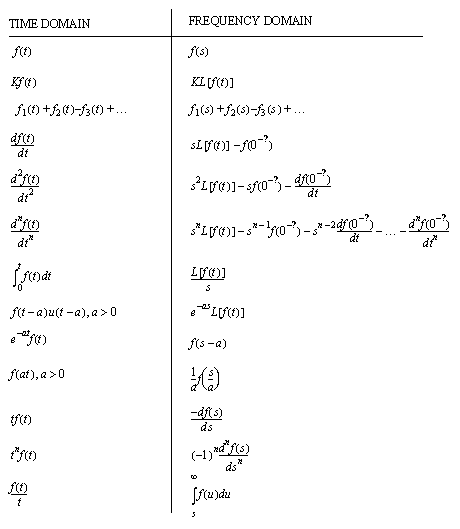

This can then be turned into a sequence expression using delays (z is one delay, z2 is two delays and so on) with the following result:ģz2Y(z) + Y(z) = z2X(z) + 2zX(z) + X(z) (9.8)ģy(n + 2) + y(n) = x(n + 1) + 2x(n + 1) + x(n) (9.9) Now, the term H(z) is really the output Y(z) over the input X(z) and we can use this to express the Z domain equation in terms of the input and output: In order to get the function H(s) in its Z-domain equivalent, replace each occurrence of s with the expression for s in terms of z shown in Equation (9.2), giving: If we take a simple example of a basic second order filter we can show how this is translated into the equivalent Z domain form: The transform is called bilinear as both the numerator and denominator of the expression are linear in terms of z. The basic approach is to replace each instance of s with its equivalent Z domain notation and then rearrange into the most convenient form. This is a standard method for expressing the S-domain equation in the Z-domain.

The method of converting an S domain equation for a filter to its equivalent Z domain expression uses the bilinear transform.


 0 kommentar(er)
0 kommentar(er)
